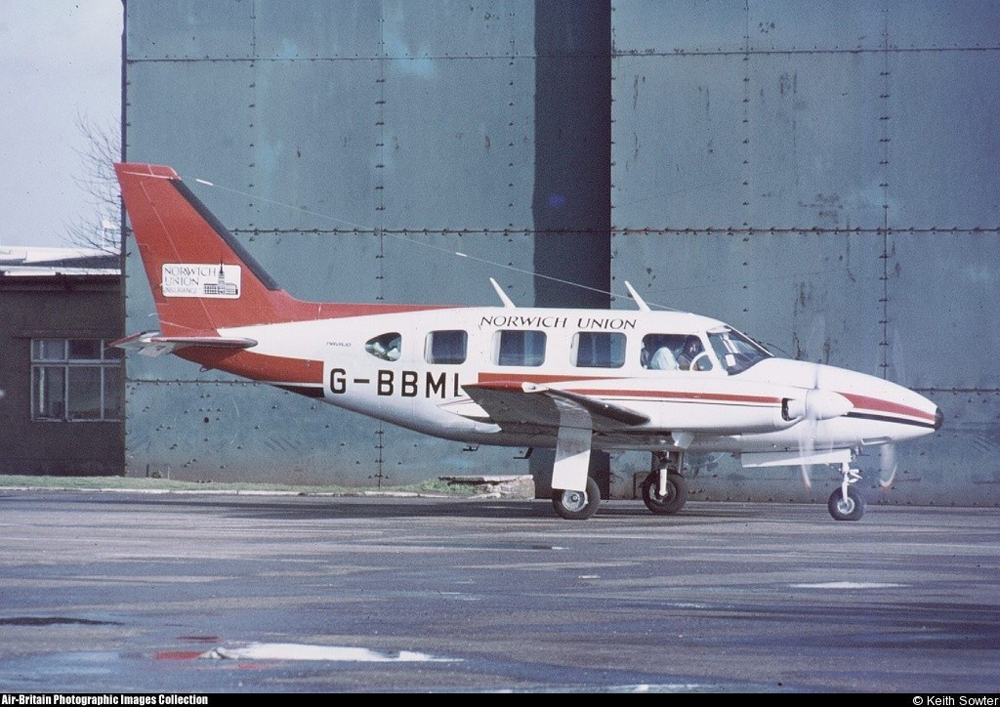Crash of a Piper PA-31-310 Navajo in Miami
Date & Time:
Jan 26, 1983 at 1239 LT
Registration:
N9003Y
Survivors:
Yes
Schedule:
Miami - Miami
MSN:
31-007
YOM:
1967
Crew on board:
1
Crew fatalities:
Pax on board:
1
Pax fatalities:
Other fatalities:
Total fatalities:
0
Captain / Total hours on type:
217.00
Aircraft flight hours:
5312
Circumstances:
The pilot and a prospective buyer/passenger were on a local demonstration flight. Prior to this flight, the aircraft had been parked for nearly one year. Since the last annual inspection on 12 January 1982, it had been flown only 66 hours. During the preflight, the pilot found the fuel tanks between 1/4 full and empty. The sumps were drained, the main tanks were filled, then the sumps were drained again. After takeoff, the pilot leveled the aircraft at 1,500 feet in a cruise configuration. Shortly thereafter, the left engine began running rough, backfiring and losing power. The pilot turned back toward the airport, but the engine lost all power and the propeller was feathered. While returning, the right engine's cylinder head and oil temperature began rising above the red line. Subsequently, it began losing power and a wheels-up, forced landing was made in an open field. An examination revealed that both engines were out of time, firing was intermittent and distributor block on the left engine was burned due to incorrect timing. Also, the left turbocharger gate was stuck open and the left fuel filter was partially clogged. Both occupants escaped uninjured.
Probable cause:
Occurrence #1: loss of engine power(partial) - mech failure/malf
Phase of operation: cruise - normal
Findings
1. (c) maintenance - inadequate - other maintenance personnel
2. (f) ignition system,magneto - incorrect
3. (f) maintenance,adjustment - improper - other maintenance personnel
4. (f) ignition system,distributor - arcing
5. (f) fuel system,filter - blocked (partial)
6. (f) maintenance,inspection - inadequate - other maintenance personnel
7. (f) fluid,fuel - starvation
8. (f) exhaust system,turbocharger - binding(mechanical)
9. (f) aircraft performance,two or more engines - failure,partial
----------
Occurrence #2: forced landing
Phase of operation: landing
----------
Occurrence #3: in flight collision with terrain/water
Phase of operation: landing - roll
Findings
10. (f) wheels up landing - performed - pilot in command
Phase of operation: cruise - normal
Findings
1. (c) maintenance - inadequate - other maintenance personnel
2. (f) ignition system,magneto - incorrect
3. (f) maintenance,adjustment - improper - other maintenance personnel
4. (f) ignition system,distributor - arcing
5. (f) fuel system,filter - blocked (partial)
6. (f) maintenance,inspection - inadequate - other maintenance personnel
7. (f) fluid,fuel - starvation
8. (f) exhaust system,turbocharger - binding(mechanical)
9. (f) aircraft performance,two or more engines - failure,partial
----------
Occurrence #2: forced landing
Phase of operation: landing
----------
Occurrence #3: in flight collision with terrain/water
Phase of operation: landing - roll
Findings
10. (f) wheels up landing - performed - pilot in command
Final Report:



